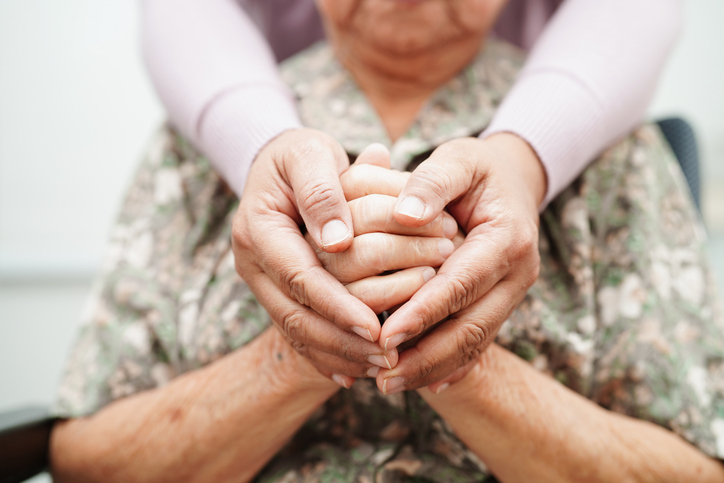By Cornell University

In a forthcoming Cornell study published in the journal Health Environments Research and Design, Rana Zadeh, assistant professor of design and environmental analysis, discovered nurses who had access to natural light enjoyed significantly lower blood pressure, communicated more often with their colleagues, laughed more and served their patients in better moods than nurses who settled for large doses of artificial light.
Letting natural light into the nurses’ workstations offered improved alertness and mood restoration effects. “The increase in positive sociability, as measured by the occurrence of frequent laughter, was … significant,” noted Zadeh in the paper.
Nurses work long shifts, during non-standardized hours. They work on demanding and sensitive tasks and their alertness is connected to both staff and patient safety. Past evidence indicates natural light and views have restorative effects on people both physiologically and psychologically. Maximizing access to natural daylight and providing quality lighting design in nursing areas may be an opportunity to improve safety though environmental design and enable staff to manage sleepiness, work in a better mood and stay alert, according to Zadeh.
“Nurses save lives and deal with complications every day. It can be a very intense and stressful work environment, which is why humor and a good mood are integral to the nursing profession,” Zadeh said. “As a nurse, it’s an art to keep your smile – which helps ensure an excellent connection to patients. A smart and affordable way to bring positive mood – and laughter – into the workplace, is designing the right workspace for it.”
Access to natural daylight, and a nice view to outside, should be provided for clinical workspace design, said Zadeh. In situations where natural light is not possible, she suggests optimizing electric lighting in terms of spectrum, intensity and variability to support circadian rhythms and work performance.
“The physical environment in which the caregivers work on critical tasks should be designed to support a high-performing and healthy clinical staff,” she said “ improving the physiological and psychological wellbeing of healthcare staff, by designing the right workspace, can directly benefit the organization’s outcomes”.
In addition to Zadeh, this study, “The Impact of Windows and Daylight on Acute-Care Nurses’ Physiological, Psychological, and Behavioral Health,” was authored by Mardelle Shepley, Texas A&M University; Cornell doctoral candidate Susan Sung Eun Chung; and Gary Williams, MSN, RN. The research was supported by the Center for Health Design Research Coalition’s New Investigator Award.
Source: www.sciencedaily.com





